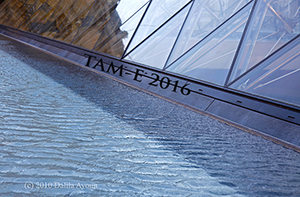The Spanish benefactive verbal periphrasis dar (give) + gerund is unique to the Spanish spoken in Ecuador. It is not found in other varieties and it seems to have emerged in the historical Ecuadorian context of multilingualism. In the past, linguists have interpreted this periphrasis as a calque from the indigenous language Quichua (Kany 1951, Toscano Mateus 1953, Hurley 1995a,b, Heine & Kuteva 2005). However, there are clear indications that it occurs more often in Spanish than in Quichua, which means that it may as well be a result of internal developments in Spanish (Haboud 1998, Olbertz 2002, Bruil 2008) apart from external influences from Quichua. The experiment presented here sheds more light to the intricacies of the construction, taking into consideration the inherent aspect of the gerundial verb. Oral data was collected during two months of participant observation in an Ecuadorian family in summer 2007. The aspectual theoretical analysis of Verkuyl (1993) and González (2003) is applied to the data in order to classify the inherent aspectual value of the gerundial verb and its predication in each of the benefactive periphrases (927 cases). The results allow us to understand this construction from a more formal semantic perspective, and they show how contextual cues are indispensable to indicate the definite aspectual value of the predications. This study adds empirical proof of how relevant discourse is in aspectual representations more globally, as the predicational level analysis proves not to cover all essential aspectual information needed to consider the produced predications aspectually terminative.

 PDF version
PDF version
